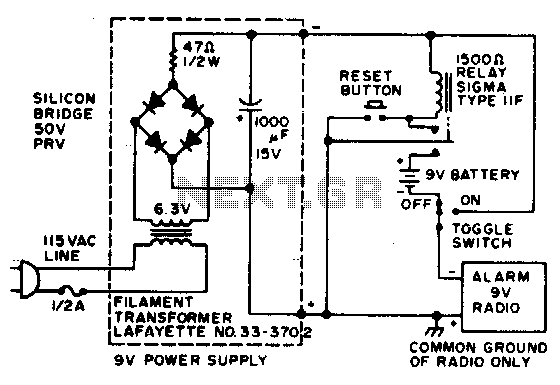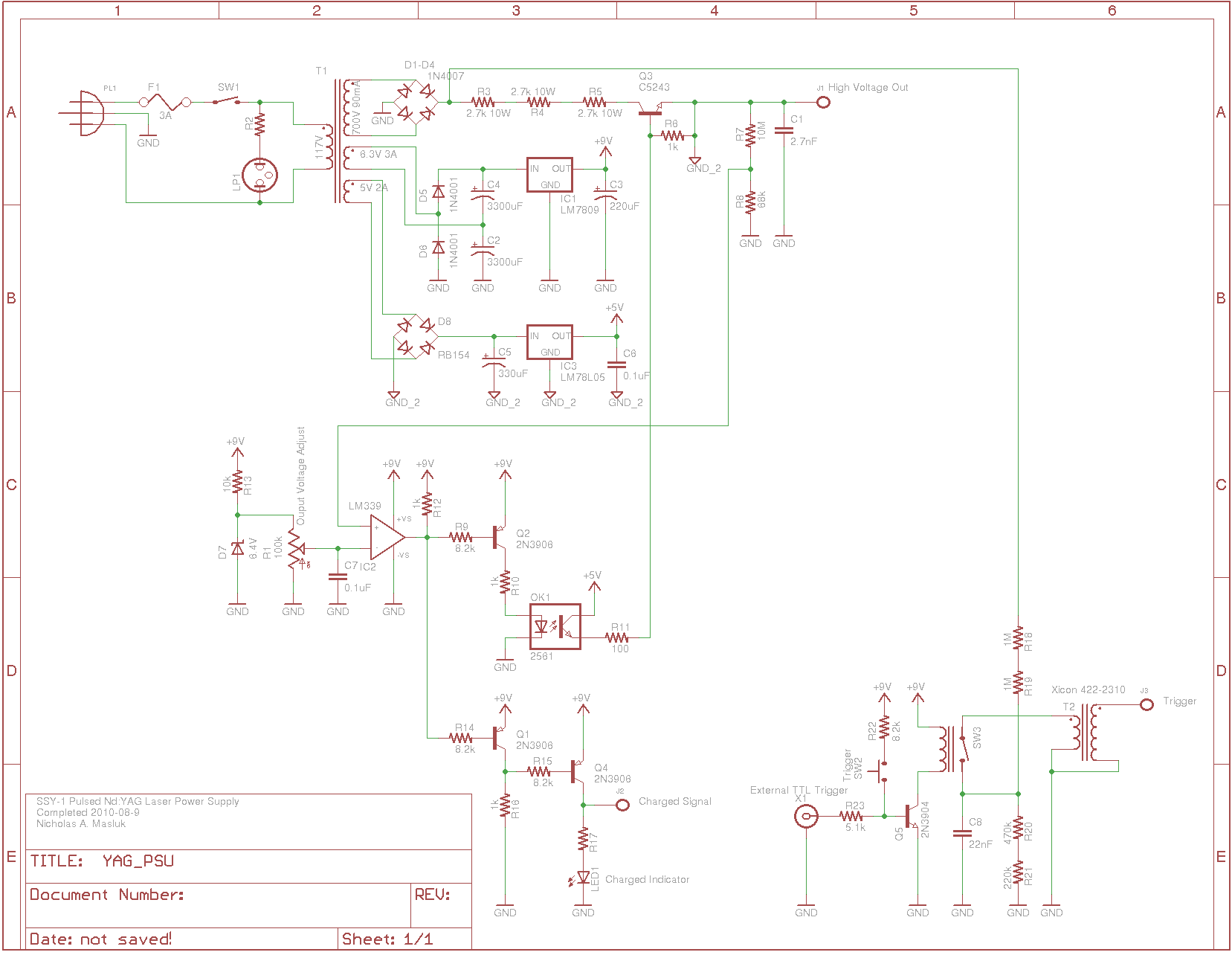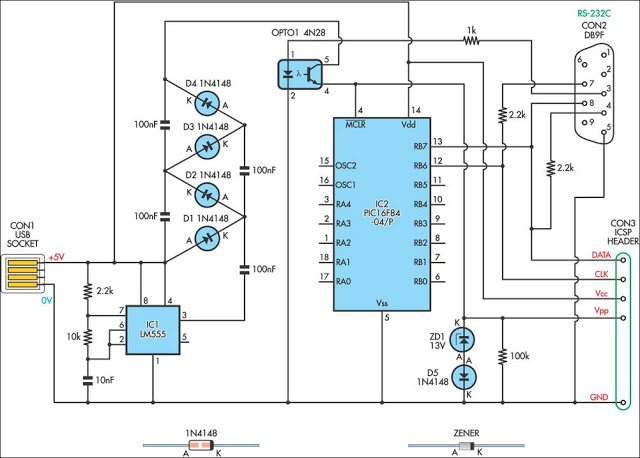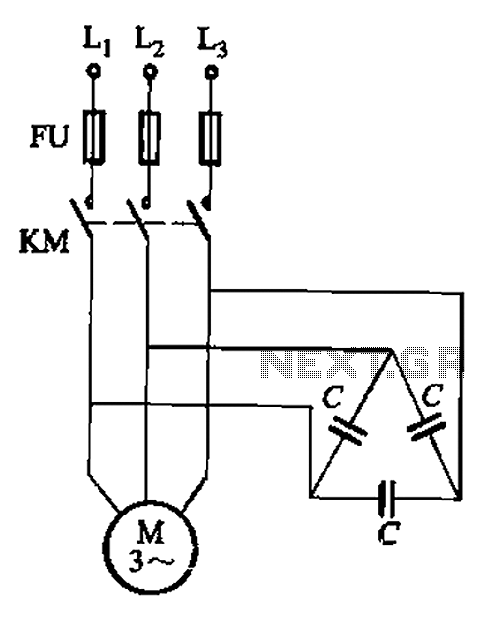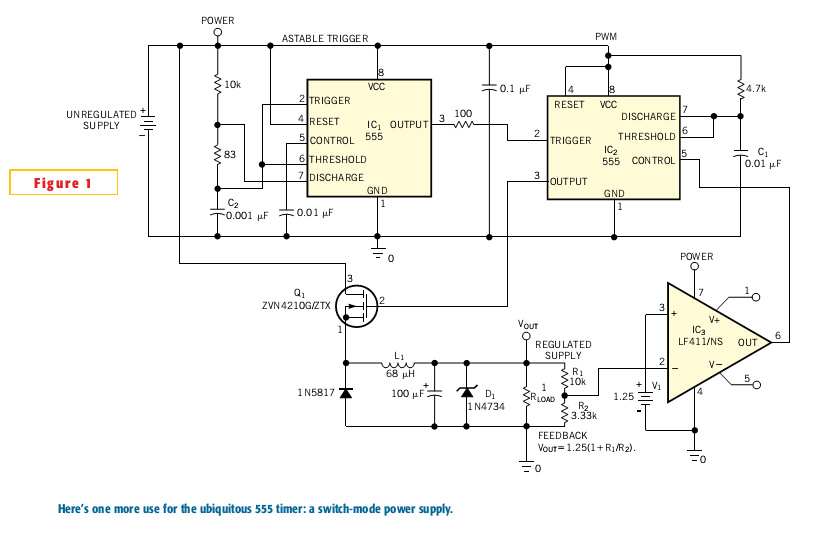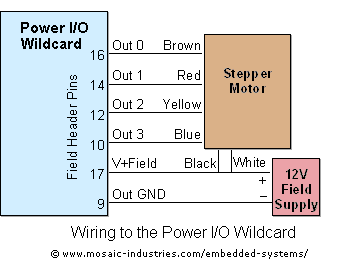
13.8 V / 15 A from a PC Power Supply

The major disadvantages of usual linear power supplies are high power dissipation, the size and the appropriated weight. When looking for an alternative solution, I decided to use a switch mode power supply (SMPS). The efficiency of such power supplies is around 70 % to 90 % at a power density of 0.2 W / cm³. Because homebrewing was out of the question due to lack of time, I tried the modification of a PC switch mode power supply. The later are mass-produced goods and available for less than 50 DM.
Switch mode power supplies (SMPS) present a significant advancement over traditional linear power supplies, primarily due to their enhanced efficiency and reduced physical footprint. In a typical SMPS, the input AC voltage is rectified and filtered to produce a high-voltage DC input. This DC voltage is then switched on and off at a high frequency using a power transistor, which significantly reduces the power dissipation typically seen in linear regulators. The switching action allows for smaller transformer sizes, which contributes to the overall compactness of the power supply.
The efficiency of SMPS can range from 70% to 90%, making them suitable for applications where energy conservation and thermal management are critical. The high power density of approximately 0.2 W/cm³ allows for more compact designs, which is advantageous in environments where space is limited.
In modifying a standard PC switch mode power supply, the process typically involves adjusting the feedback loop to optimize voltage regulation and stability under varying load conditions. The modification may also include enhancements to the filtering capacitors to improve transient response and reduce output ripple.
The availability of mass-produced PC power supplies for under 50 DM provides an economical solution for those seeking high-efficiency power conversion without the need for extensive custom design or assembly. This approach allows for a practical balance between performance, cost, and time investment, making it an attractive option for various electronic applications.The major disadvantages of usual linear power supplies are high power dissipation, the size and the appropriated weight. When looking for an alternative solution, I decided to use a switch mode power supply (SMPS). The efficiency of such power supplies is around 70 % to 90 % at a power density of 0.2 W / cm³. Because homebrewing was out of the question due to lack of time, I tried the modification of a PC switch mode power supply.
The later are mass-produced goods and available for less than 50 DM. 🔗 External reference
Switch mode power supplies (SMPS) present a significant advancement over traditional linear power supplies, primarily due to their enhanced efficiency and reduced physical footprint. In a typical SMPS, the input AC voltage is rectified and filtered to produce a high-voltage DC input. This DC voltage is then switched on and off at a high frequency using a power transistor, which significantly reduces the power dissipation typically seen in linear regulators. The switching action allows for smaller transformer sizes, which contributes to the overall compactness of the power supply.
The efficiency of SMPS can range from 70% to 90%, making them suitable for applications where energy conservation and thermal management are critical. The high power density of approximately 0.2 W/cm³ allows for more compact designs, which is advantageous in environments where space is limited.
In modifying a standard PC switch mode power supply, the process typically involves adjusting the feedback loop to optimize voltage regulation and stability under varying load conditions. The modification may also include enhancements to the filtering capacitors to improve transient response and reduce output ripple.
The availability of mass-produced PC power supplies for under 50 DM provides an economical solution for those seeking high-efficiency power conversion without the need for extensive custom design or assembly. This approach allows for a practical balance between performance, cost, and time investment, making it an attractive option for various electronic applications.The major disadvantages of usual linear power supplies are high power dissipation, the size and the appropriated weight. When looking for an alternative solution, I decided to use a switch mode power supply (SMPS). The efficiency of such power supplies is around 70 % to 90 % at a power density of 0.2 W / cm³. Because homebrewing was out of the question due to lack of time, I tried the modification of a PC switch mode power supply.
The later are mass-produced goods and available for less than 50 DM. 🔗 External reference
